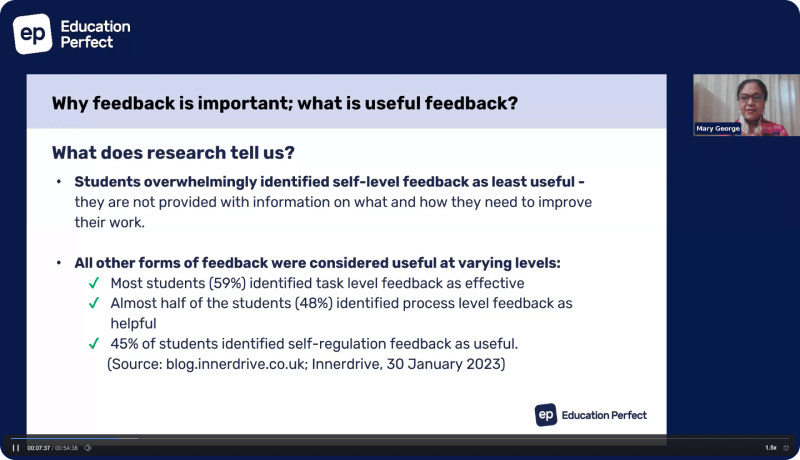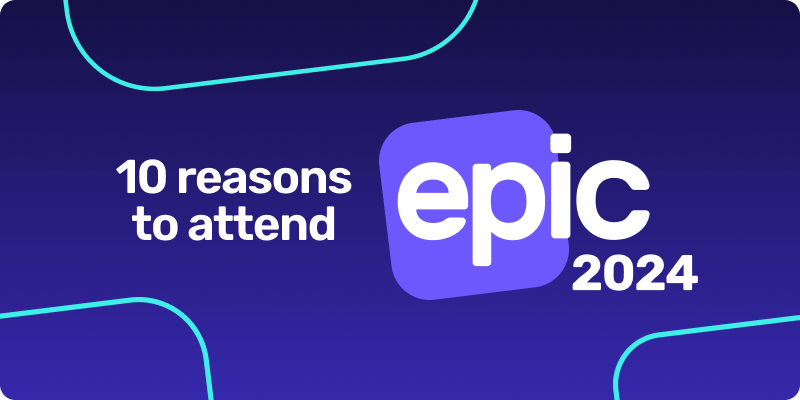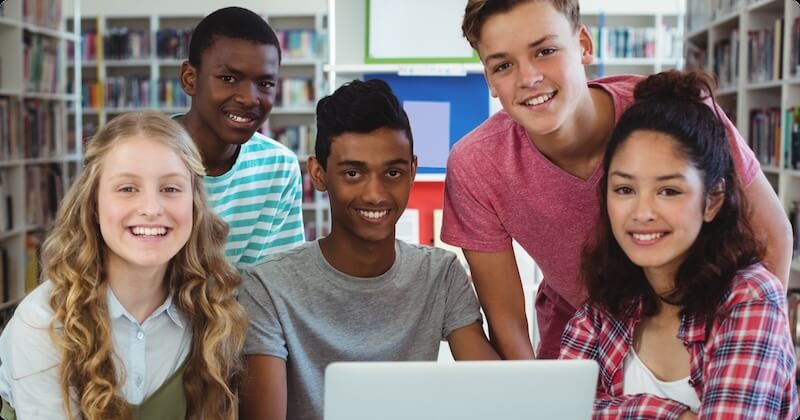Teach me about me!

The power of culture in a classroom of Pasifika learners.
Investigating the topic of cultural inclusiveness brings about some challenges and some controversial ideas. However, it is a subject that speaks volumes about how we can support, encourage and learn from cultural knowledge and apply this to support our Pasifika learners.
I think about the schooling system in early New Zealand history, and how our Māori children were not permitted to utter a word of Te Reo in school, fast forward to now, a language and culture that many of our schools are challenging our white systems to allow better opportunities for our Maori whanau to thrive.
I also, think about the schooling system in Samoa in the ’60s and ‘70s, how many expatriates taught in schools in Samoa, providing students with an opportunity to learn English and be taught the “palagi” way but diminishing the culture and language, where many of our parents were made to believe that the “palagi” way is the way to success and to leave our cultural identity at home or acknowledge it as little as possible.
I think about the voyaging our Pasifika people would go on, using the stars as their compass, long before the actual compass rose was placed into a fancy, gold/silver locket. I think about the medicinal herbs that Pasifika people found and pounded up to fight ailments, long before pills were placed into little jars. It is a way of thinking that our young Pasifika learners need to be made aware of, they believe the first inventions could never be invented by a Pasifika person. Imagine how wide their minds would open if they were shown all the inventions, invented by Pasifika people.
I read an article recently that mentioned the idea of “colour blindness” where we are forced to believe that we need to treat others the way we want to be treated, there is some truth behind that, but in reality, our cultural identity opens up a door that challenges this.
Myths on Pasifika learners in the classroom.
Too often there is a stereotypical notion and a common belief that our Pasifika learners have skills and talents in arts, entertainment and sport yet may need extra support in the academic field. An article from Teaching Tolerance on the subject of common beliefs, states the gap in achievement among students of different races is based on poverty and not race (that is a common belief) – yet the article indicates that this type of thinking that leads to stereotypical limits of academic abilities of Pasifika learners having merit, not only discourages Pasifika learners from achieving but also discourages them from achieving at higher levels (Merits and Excellences).
Cultural knowledge + cultural inclusion = cultural power
What is the difference? Cultural knowledge is having the knowledge of cultural aspects that are familiar and relevant to our learners and cultural inclusion is the implementation of this knowledge to enhance learning in the classroom. As educators, we tend to be careful with our words and actions and tread carefully when delivering pedagogy and at times, consequences to behaviours. Janette Ryan, in her literature on Cross-Cultural Teaching and Learning for Home and International Students, believes people who are in a minority cultural group tend to adopt the dominant culture in some cases, “meshing” it together with their own cultural identity; as a result, creating multiple identities which are based on their immediate surroundings (home) and their adopted surroundings (school).
Teach me about me! Learn about me!
The power of culture is huge and can play a massive part in creating a curriculum that is relevant to our Pasifika learners. Bypassing what is traditionally included in our curriculums to what should be in our curriculums, and what resources are relevant in supporting our Pasifika learners to find and acknowledge their culture, their cultural language and their cultural histories – this will only benefit our Pasifika learners.
Creating a strong culturally responsive pedagogy, where we are teaching our Pasifika learners about who they are AND us as educators learning about the diverse cultures, I believe will bring a positive and brighter outcome, in our educational system.
Carrie Kilman wrote an article titled “Learning Lakota” based on a school that changed their curriculum to a culturally responsive curriculum. The principal of the school, illustrates the importance of acknowledging students and their cultural backgrounds, because if these aspects of identity are not acknowledged, “you’re telling them it’s [culture] is not important.”
The article gives a clear image of the connection between cultural loss and poverty, alcohol, and drug abuse in the lives of their young people. They speak of a disconnect with students in knowing their culture or exchanging their thoughts of culture with a cultural form seen on television. Why? Several reasons, their families may have had the cultural disconnect which has filtered down, highly influential circumstances and limited knowledge of their own cultural identity.
Educators with superpowers.
We talk, we seek and we associate ourselves with others who have the knowledge, experience and values in the power of culture.
We connect, we collaborate, and we learn from whanau, from ‘āiga so we are able to give 100% to our Pasifika learners in the classroom.
Find out more about our culturally inclusive content
By Linda Sime



